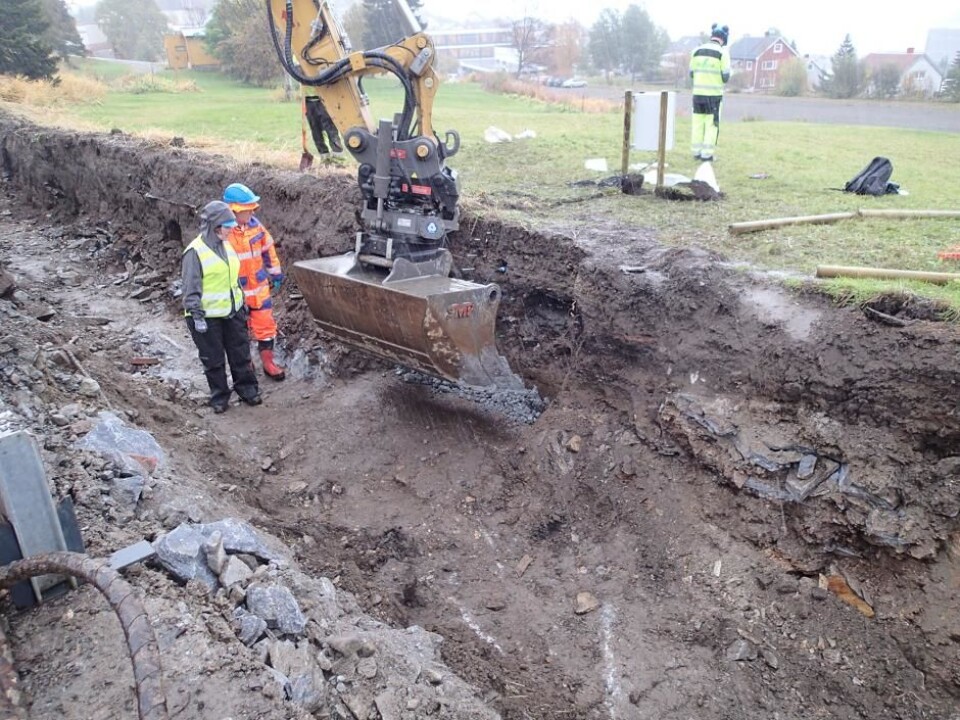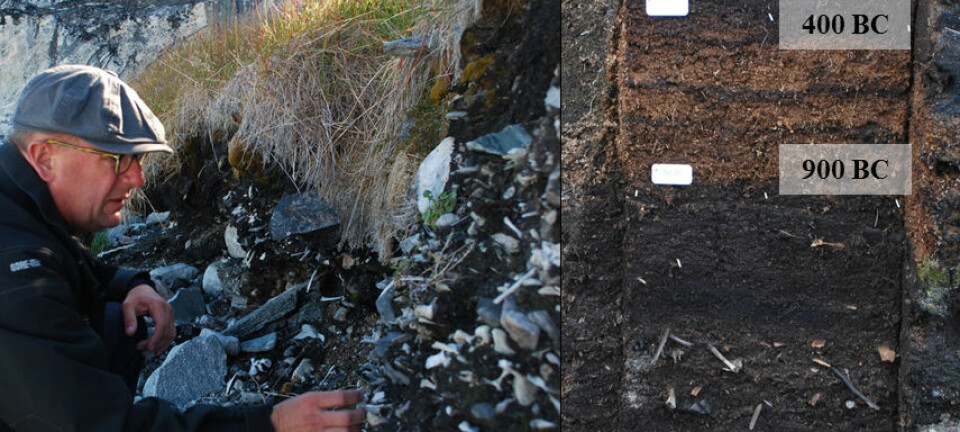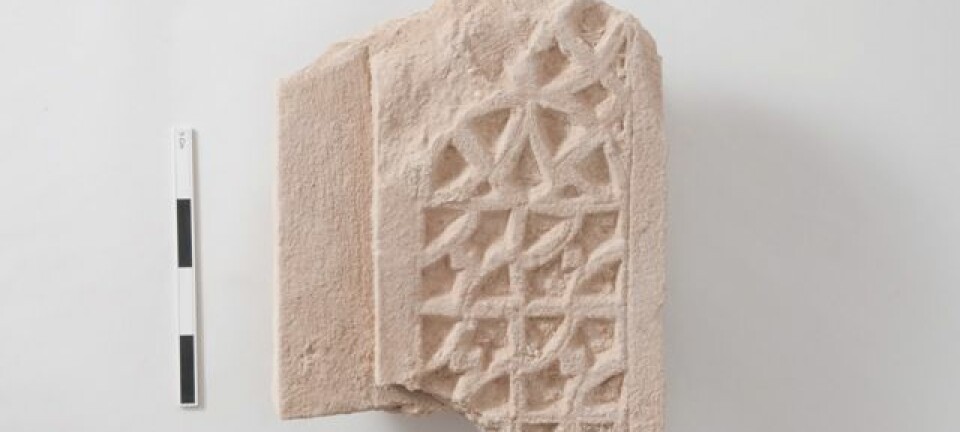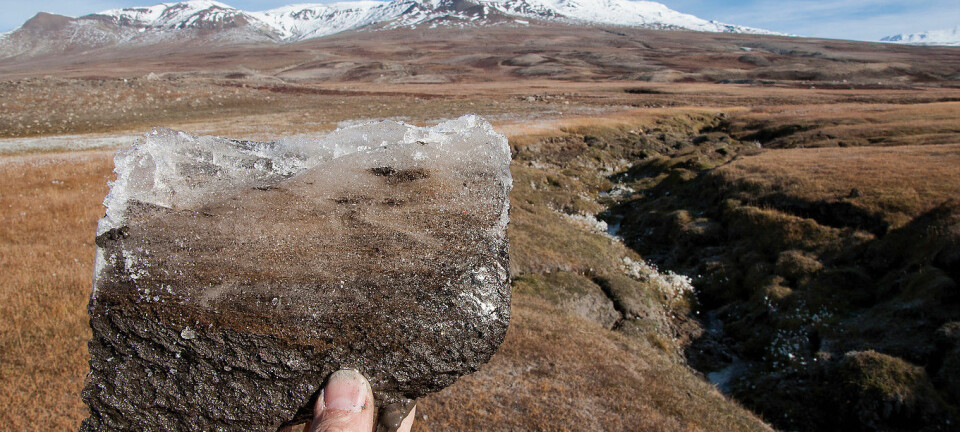
Archaeologist: Excavate more before climate change destroys our cultural heritage
Climate change threatens archaeology in Norway and the rest of Scandinavia. We should re-think how we preserve our buried cultural heritage, says archaeologist.
The Scandinavian soil is full of relics from our ancestors.
But climate change threatens these archaeological gold mines, and we can no longer let our cultural heritage lie in the ground, warns archaeologist Vibeke Martens, a researcher at the Norwegian Institute for Cultural Heritage Research, in her PhD thesis.
“We need to change the way we protect our cultural heritage,” says Martens.
She proposes launching several archaeological excavations and a strategy of “ex situ” preservation.

This is contrary to the 1992 Malta Convention that favours “in situ” preservation, where archaeological discoveries are left in place.
We are preserving our cultural heritage incorrectly
One of the main arguments behind in situ archaeological preservation is that cultural heritage should be available to later generations of archaeologists who, with their better practices and greater knowledge can make more of the material than this generation, says Martens.
But this could be pointless if cultural heritage is allowed to slip away in the meantime. Martens' new study assesses how likely this is to happen.
“My colleagues at the National Museum’s conservation department have recreated expected climate changes in the laboratory, such as increased temperatures and changing humidity levels, and studied how the archaeological artefacts degraded,” she says.
They concluded that it was too risky to leave these archaeological remains in the soil.
“If the climate changes as expected, with more precipitation and higher temperatures, it will escalate the breakdown of archaeology beyond what is already happening naturally,” says Martens.
Archaeology should be untouched for future generations
The Malta Convention was the starting point for Martens' thesis on the preservation of cultural heritage in Norway under future climate change. The research project is interdisciplinary and financed in by the Norwegian Research Council.
The Malta Convention requires that archaeological discoveries left in situ are monitored to ensure that they are “safe.”
“Many countries preserve as much as possible in situ, but they forget the following wording: that you have to monitor it and work to preserve it,” says Martens.
“If you choose to do nothing you could lose a lot of archaeological sites. This applies not only to one archaeological period, but for the whole of our past, everything from stone age settlements, the Viking Age, and up to medieval towns,” she says.
This is reason enough to question the in situ principle, says Martens.
“Alternatively, it may be necessary to implement mitigation measures such as a protective layer of clay, or even to excavate the most endangered sites. These are the judgments that have to be made,” she says.
A “paradigm shift” in archaeology
Hans Renssen, a professor at Vrije Universiteit in Amsterdam, was one of the examiners of Martens thesis. He is impressed with the work.
“It’s unique because it combines archaeology with geophysical measurements. Martens went into the field to measure temperature and humidity levels. There’s not many studies in this field that have been done in this way,” he says.
The examiners referred to Martens' unique method as a “paradigm shift,” says Renssen.
Future climate and archaeology are relevant
Renssen agrees that future climate will present challenges to the preservation of our cultural heritage.
“Climate change and global warming is already happening in Norway and Scandinavia. It’s expected to cause big problems for the preservation of archaeological material. I think that Martens' work illustrates this brilliantly,” he says.
Renssen’s only criticism is that Martens' thesis does not look far enough to the future.
“My main criticism is that the study doesn’t go deep enough into what we can expect in relation to climate change, and what impact that will have. It doesn’t predict what climate change will mean for archaeological conservation, particularly in Norway, over the next 150 years, for example,” he says.
The future is subject to uncertainty, but the discussion is an interesting one and could form the basis of future research, says Renssen.
---------------
Read the full version of this article in Danish on Videnskab.dk
Translated by: Catherine Jex










